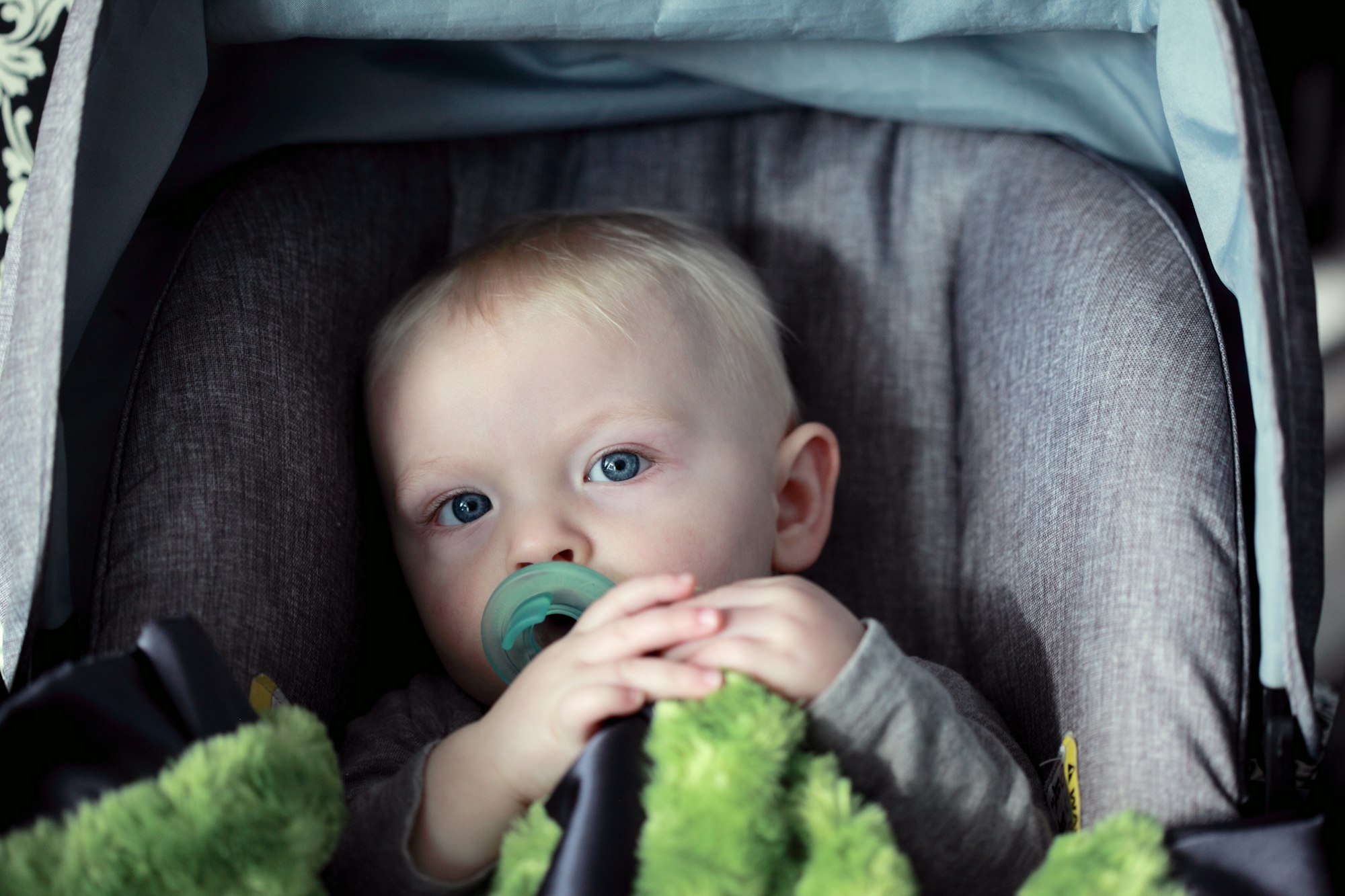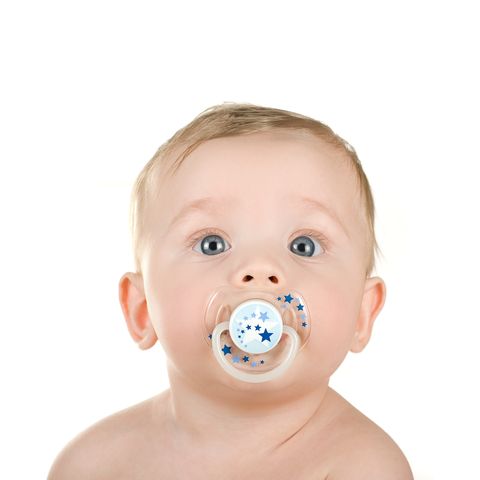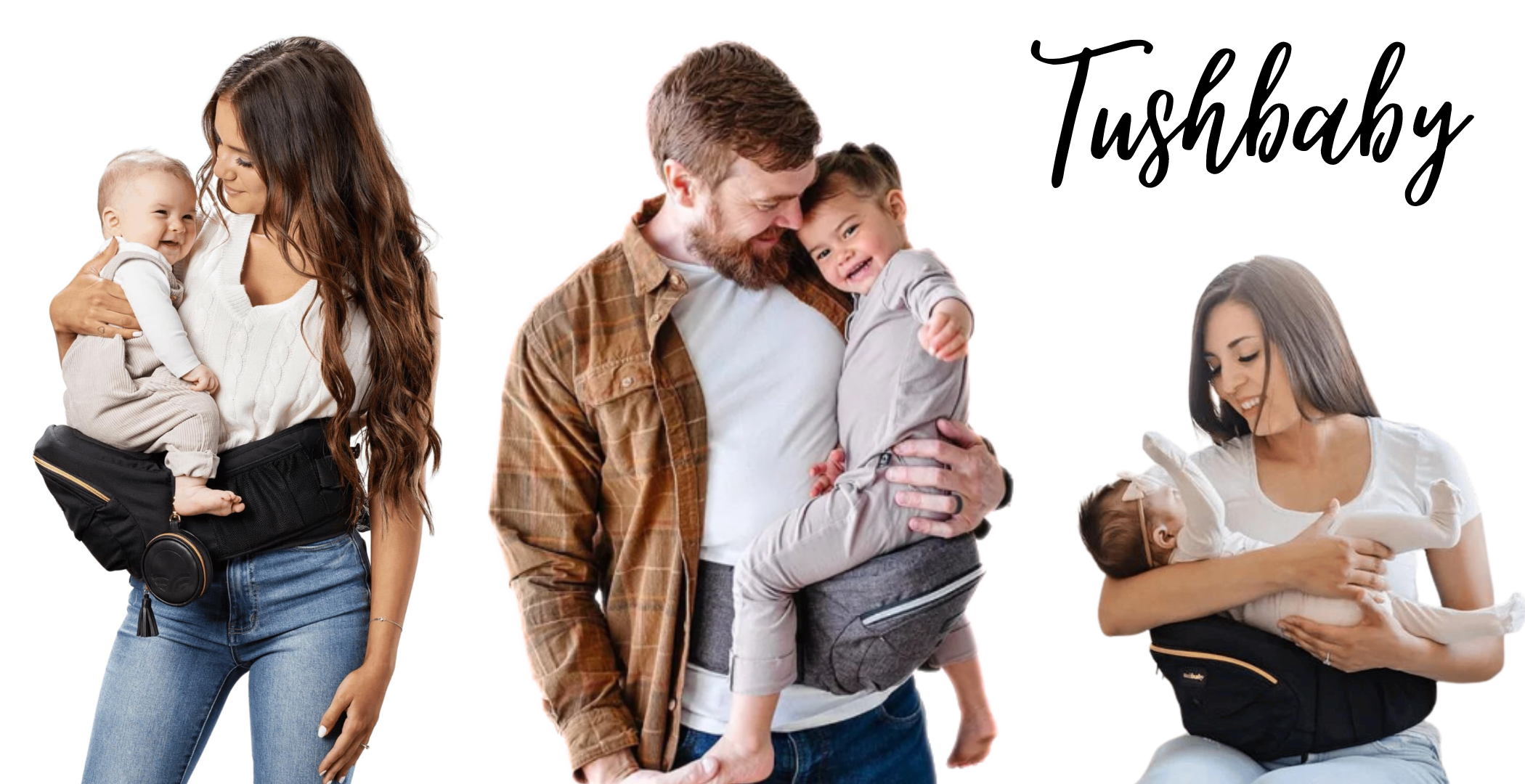Breastfeeding and Pacifiers
Early and frequent stimulation of the breast, will ensure that the glandular cells in a mother's breast become fully developed. Pacifier-use may sometimes hamper this from occurring.

When is it okay to use a pacifier?
Baby pacifiers should not be used before six weeks of breastfeeding or before breastfeeding is fully established. This is so your baby does not replace your breast with the pacifier.
If a baby drinks less from the mother's breasts, the mother's Prolactin levels will decrease, and she will begin to produce less milk.
Early and frequent breast stimulation will ensure that the glandular cells in a mother's breast become fully developed. Pacifier use may sometimes hamper this from occurring.
If you notice that the pacifier use has reduced your baby’s feeding times, you should stop the use of the pacifier.

Mothers have been found to overuse pacifiers; a pacifier should not be used to soothe a baby whenever they need comfort.
Your baby needs your attention, love, affection, and skin-to-skin contact.
Best Times for Baby Pacifier Use
- When a mother is away from her baby during the day.
- When a mother is trying to wean from night feedings.
- During nap times, it can be used until your baby has fallen asleep.
- A pacifier can be used while your baby is teething for comfort.

The Tushbaby Hip Carrier
With its ergonomic design and comfortable waistband, Tushbaby provides optimal support for you and your baby. Say goodbye to shoulder and back pain from traditional carriers, as Tushbaby evenly distributes your baby's weight, relieving strain and promoting better posture.
Warnings About Using Pacifiers
- Pacifiers should not be coated in any sweet liquid, which could cause bacteria growth, tooth decay, and oral thrush. Can breast milk cause tooth decay?
- Infant pacifiers need to be cleaned often; they need to be replaced monthly.
- Do not give your baby a pacifier if you are breastfeeding and they are under one month old.
- Babies who use pacifiers are more prone to getting oral yeast infections, which could be transferred to the mother, causing a breast infection.
- Babies who use pacifiers are more prone to ear infections.
- Never give your baby a pacifier with a string around it; it is a strangulation hazard.
- Avoid using pacifiers that are made from latex; silicone pacifiers are safe.
- Prolonged pacifier use for longer than a year can lead to a baby’s teeth becoming misaligned; it can also cause soft palate and speech problems.
- Pacifier use may reduce feedings and therefore decrease the hormones that cause lactational amenorrhea. This will result in the return of a mother's periods and the return of her fertility quicker than she might like.
Preemie pacifiers are not recommended; premature babies need even more time at the breast than full-term babies. Giving a premature baby a pacifier will reduce milk intake and decrease weight gain.
Getting Rid of the Pacifier
How to get rid of the pacifier?
Just throw it in with the garbage. Some children wean quickly and do not have a problem with this.
Pick a date, and let your toddler know they do not need the pacifier anymore. Weaning from pacifier use might take two or three days of crankiness, especially at night, but the earlier you get your baby off the pacifier, the easier it will be.
If you are experiencing breastfeeding problems, it is best to avoid pacifiers.
